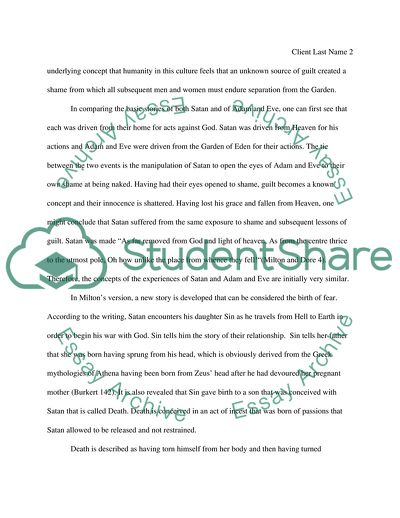Cite this document
(A Comparison of Sins: An Examination of John Miltons Paradise Lost Book Report/Review, n.d.)
A Comparison of Sins: An Examination of John Miltons Paradise Lost Book Report/Review. Retrieved from https://studentshare.org/religion-and-theology/1728684-miltons-paradise-lost-compare-and-contrast
A Comparison of Sins: An Examination of John Miltons Paradise Lost Book Report/Review. Retrieved from https://studentshare.org/religion-and-theology/1728684-miltons-paradise-lost-compare-and-contrast
(A Comparison of Sins: An Examination of John Miltons Paradise Lost Book Report/Review)
A Comparison of Sins: An Examination of John Miltons Paradise Lost Book Report/Review. https://studentshare.org/religion-and-theology/1728684-miltons-paradise-lost-compare-and-contrast.
A Comparison of Sins: An Examination of John Miltons Paradise Lost Book Report/Review. https://studentshare.org/religion-and-theology/1728684-miltons-paradise-lost-compare-and-contrast.
“A Comparison of Sins: An Examination of John Miltons Paradise Lost Book Report/Review”. https://studentshare.org/religion-and-theology/1728684-miltons-paradise-lost-compare-and-contrast.


